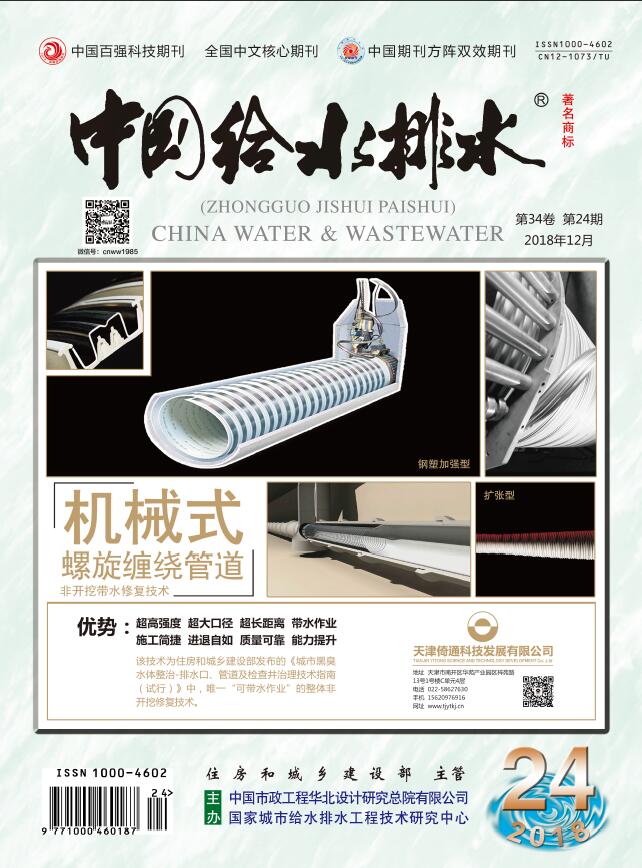LINShu-xuan,LIUYi,LIZhi-gang,et al.Impact of Carbon Source Form and Distribution on Nitrogen and Phosphorus Removal Efficiency and Functional Microbial Communities[J].China Water & Wastewater,2025,41(7):8-16.
Impact of Carbon Source Form and Distribution on Nitrogen and Phosphorus Removal Efficiency and Functional Microbial Communities
China Water & Wastewater[ISSN:1000-4062/CN:12-1073/TU]
volume:
第41卷
Number:
第7期
Page:
8-16
Column:
Date of publication:
2025-04-01
- Keywords:
- municipal wastewater; operating condition; form of carbon source; nitrogen and phosphorus removal; microbial community
- Abstract:
- This study investigated the form and distribution of carbon sources in three sequential batch reactors operating under different conditions: SBR-AOA (anaerobic-oxic-anoxic), SBR-AAO (anaerobic-anoxic-oxic), and SBR-OA (oxic-anoxic) to address the low carbon source utilization rate in nitrogen and phosphorus removal systems for municipal wastewater. The impacts on nitrogen and phosphorus removal efficiency as well as microbial community composition were analyzed. Among the three reactors, there were significant differences in the form and distribution of carbon sources as well as in the efficiency of nitrogen and phosphorus removal. Under conditions of 25-30 ℃, DO of 2-4 mg/L, COD to TN ratio (COD/TN) of 7.5, and drainage ratio of 0.4, the SBR-AOA system achieved average removal efficiencies of 98.25% for NH4+-N, 90.35% for TN, and 99.60% for TP, which were 2.17%, 15.12%, and 0.10% higher for the SBR-AAO system, and 11.35%, 5.51%, and 6.20% higher for the SBR-OA system. In the SBR-AOA system, the PHAs synthesis rate and nitrification rate during the anaerobic phase were significantly higher than those in the SBR-AAO and SBR-OA systems. The pre-anaerobic and post- anoxic periods facilitated the transformation of carbon source forms and optimized carbon source distribution, thereby mitigating the adverse effects of organic matters on autotrophic nitrifying bacteria. Additionally, these phases promoted the enrichment of heterotrophic nitrifying bacteria and aerobic denitrifying bacteria. Nitrospira, Rhodobacter, Candidatus_Competibacter, Thauera, Hyphomicrobium, Ferruginibacter, and Dechloromonas were the predominant bacterial genera for nitrogen removal in the three systems. In the SBR-AOA system, the abundance of nitrifying, denitrifying, and phosphorus-accumulating bacteria, as well as the activities of key denitrification enzymes, were significantly higher compared to the other two systems, indicating that the form and distribution of carbon sources had a substantial impact on the enrichment of functional bacteria.
Last Update:
2025-04-01

